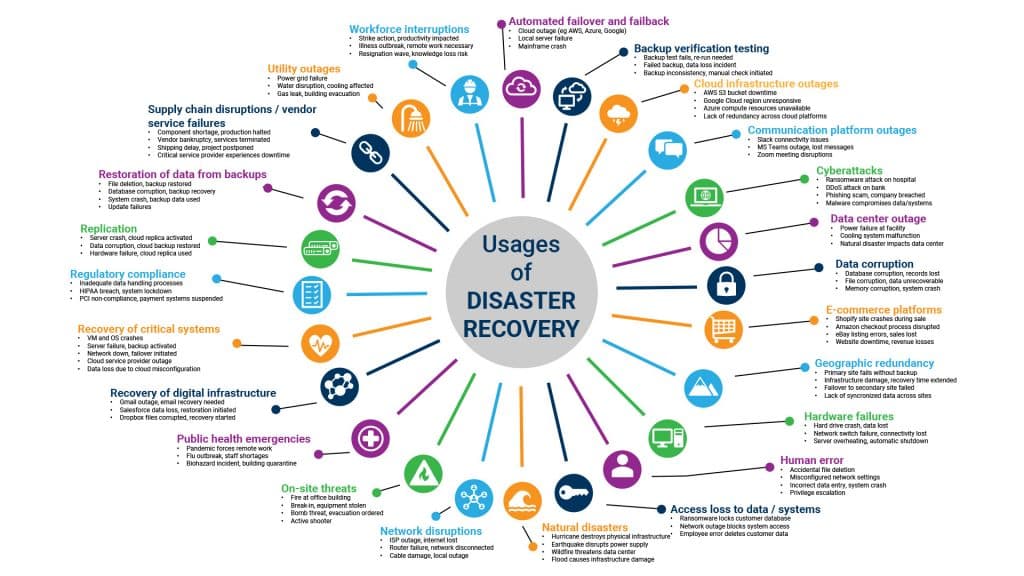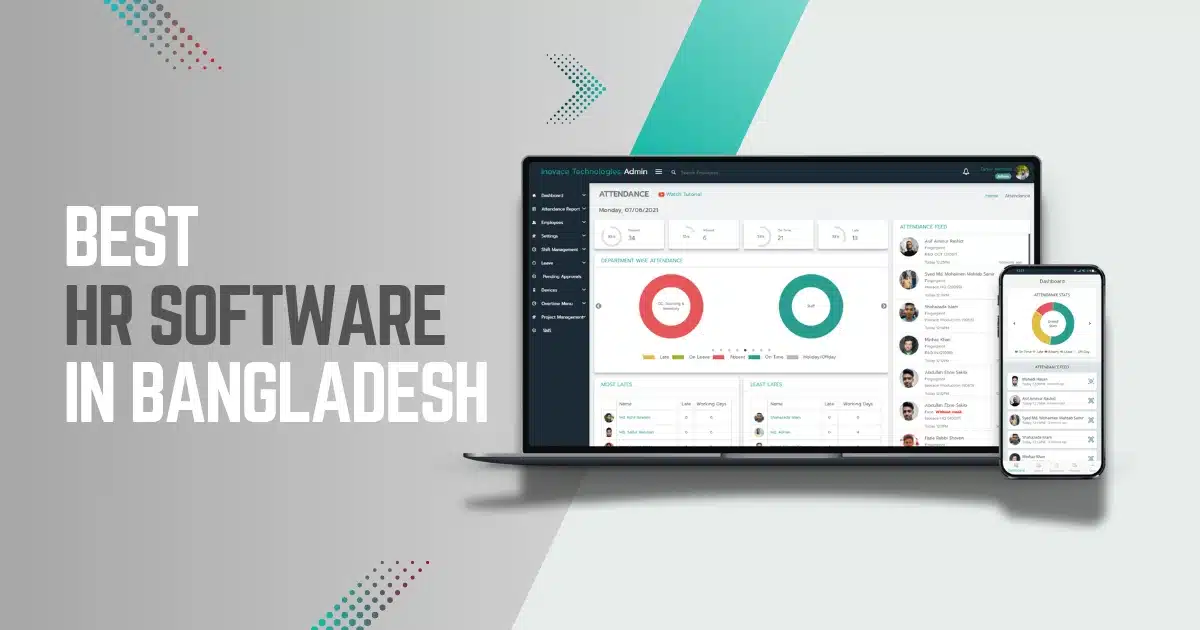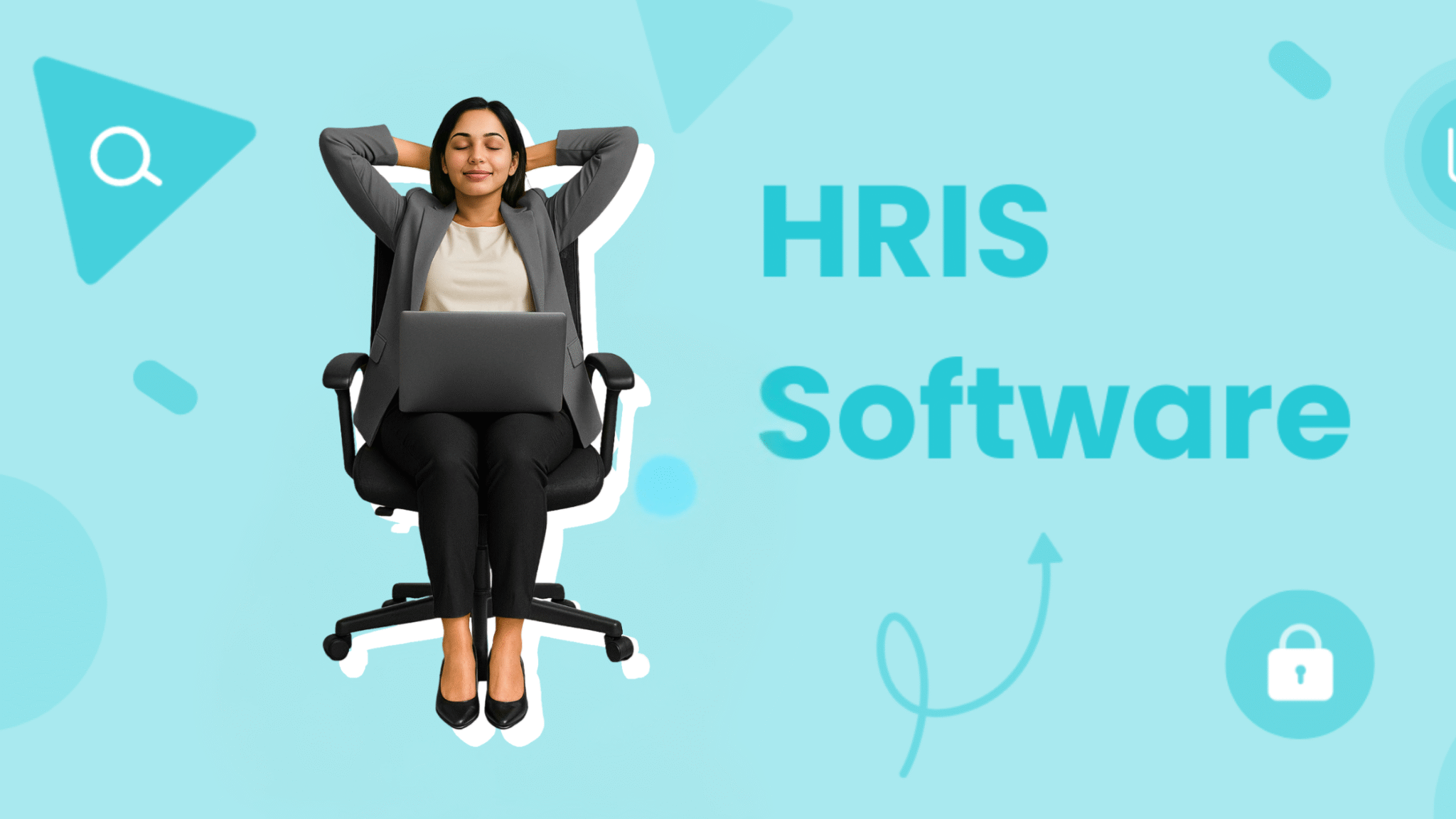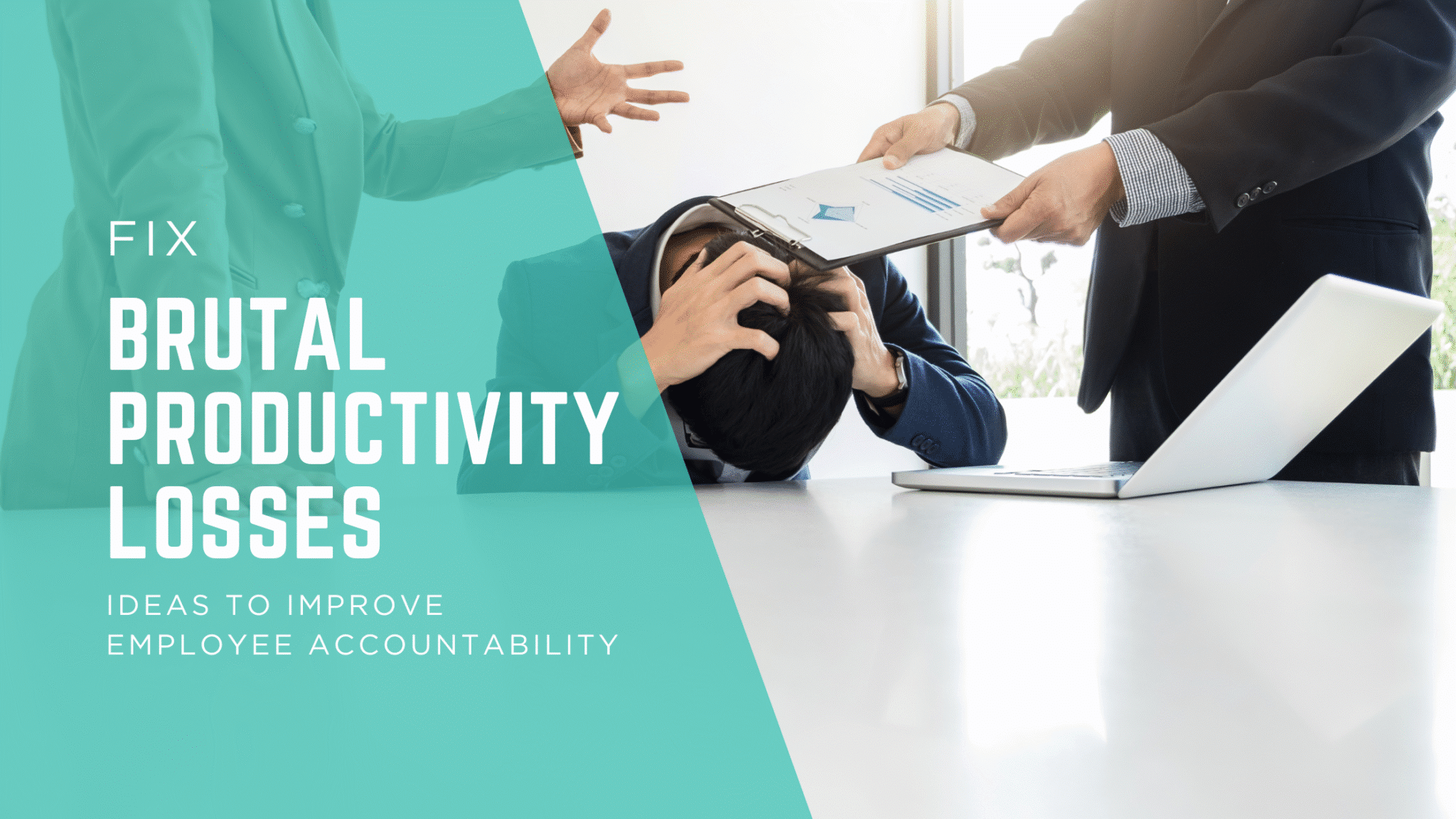Cloud HR systems are important for any company. They store employee data, manage payroll, and more. But what happens if the system fails? This is where failover systems come in. They help keep everything running smoothly. So, when should you test your cloud HR failover system? Let’s find out.
What Is a Cloud HR Failover System?
A cloud HR failover system is a backup plan. It takes over if the main system fails. This ensures that your data and operations continue without a hitch. Think of it like a safety net.
Why Testing Is Important
Testing your failover system is crucial. It helps you find and fix issues. You can also see if the system works as planned. Regular testing ensures that your data is safe. It also keeps your employees happy. Why? Because their data and paychecks are secure.
When to Test Your Cloud HR Failover System
1. Regular Intervals
Test your system at regular intervals. This could be monthly, quarterly, or yearly. Regular tests help you catch problems early. They also keep your system in good shape.
2. After Major Updates
Test your failover system after major updates. Updates can change how the system works. They can also introduce new bugs. Testing after updates ensures everything still works well.
3. Before Busy Periods
Test your system before busy periods. For example, test before the end of the year. This is when many companies handle bonuses and appraisals. A failover system should be ready to handle the extra load.
4. After Adding New Features
Adding new features is exciting. But it can also cause problems. Test your failover system after adding new features. This ensures that the new features don’t break anything.
5. When Changing Vendors
Changing vendors can be risky. The new vendor’s system might work differently. Test your failover system when you switch vendors. This helps you catch any issues early.
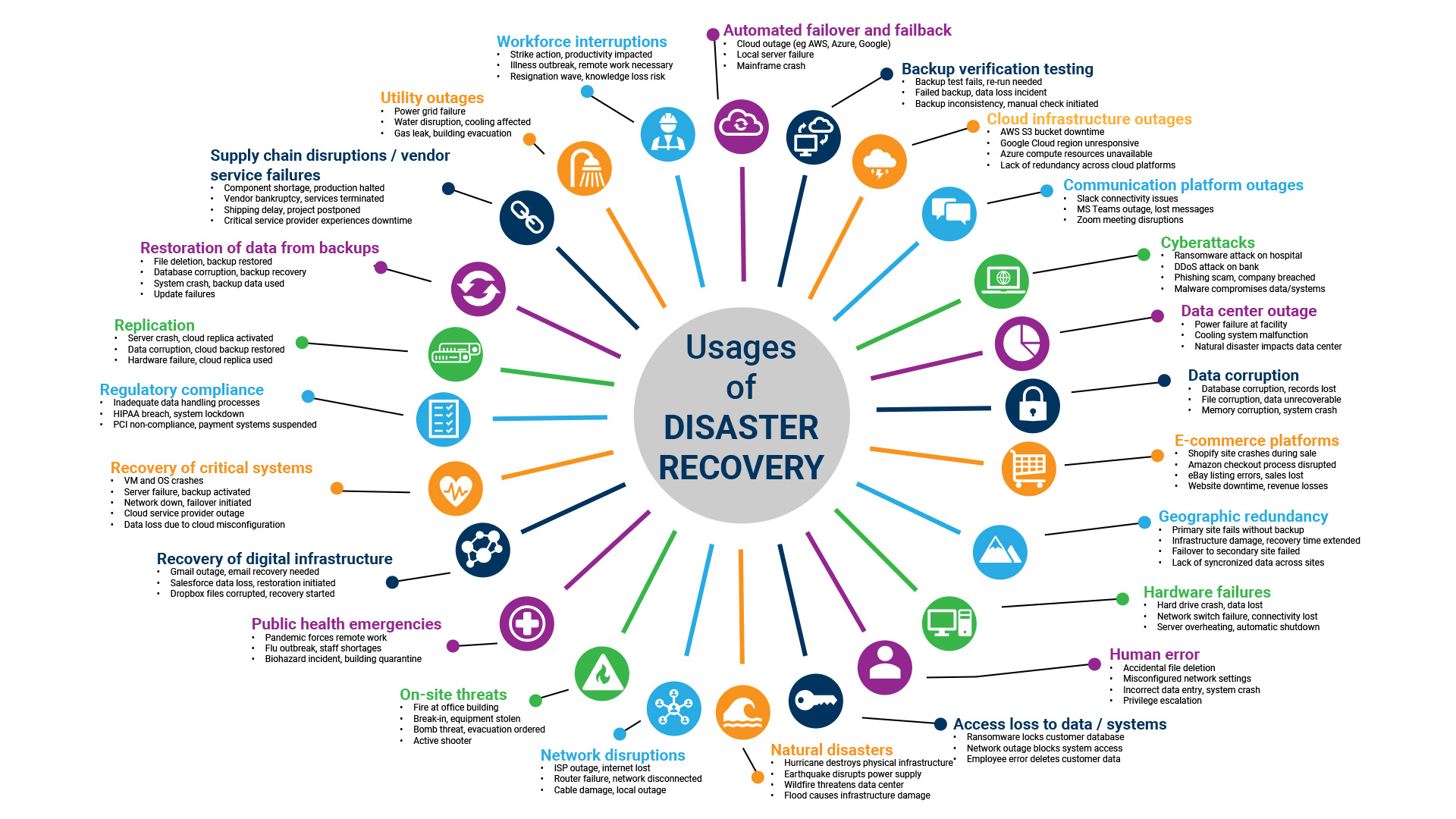
Credit: stage2data.com
How to Test Your Cloud HR Failover System
1. Plan Your Test
Start by planning your test. Decide what you want to test. This could be data backup, system performance or both. Make a checklist of what to do.
2. Run The Test
Next, run the test. Follow your checklist closely. Make sure to take notes. This will help you understand what worked and what didn’t.
3. Analyze The Results
After the test, analyze the results. Look for any issues. Did the system perform as expected? Were there any delays or errors? Write down your findings.
4. Fix Issues
If you find any issues, fix them. This could mean updating software or changing settings. Make sure to test again after making changes. This ensures that the fixes worked.
5. Document Everything
Finally, document everything. Keep a record of your tests and findings. This helps you track progress over time. It also makes it easier to find and fix issues in the future.
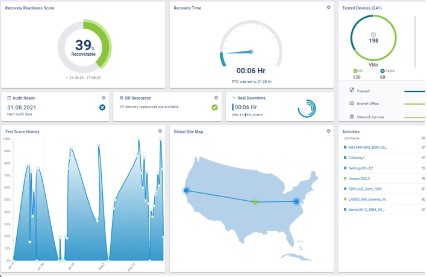
Credit: www.ensuredr.com
Benefits of Regular Testing
Regular testing has many benefits. Here are a few:
- Improved Reliability: Regular tests make your system more reliable. This means fewer surprises and less downtime.
- Better Security: Testing helps you find security issues. Fixing these issues keeps your data safe.
- Employee Trust: Regular testing shows that you care about your employees. They will trust that their data is safe.
- Cost Savings: Catching problems early can save money. Fixing a small issue is cheaper than fixing a big one.
Challenges of Testing
Testing is important, but it can be challenging. Here are some common challenges:
- Time-Consuming: Testing can take a lot of time. This is especially true if you have a large system.
- Complexity: Cloud HR systems can be complex. Testing all parts of the system can be difficult.
- Cost: Testing can be expensive. You may need special tools or extra staff.
Overcoming Testing Challenges
Despite the challenges, testing is worth it. Here are some tips to make it easier:
- Start Small: Begin with small tests. This makes the process less overwhelming.
- Use Tools: There are many tools available to help with testing. Find one that fits your needs.
- Get Help: Don’t be afraid to ask for help. Hire experts if needed.
Frequently Asked Questions
What Is A Cloud Hr Failover System?
A cloud HR failover system is a backup system that ensures HR services remain operational during a primary system failure.
Why Test Cloud Hr Failover Systems Regularly?
Regular testing ensures your backup system works correctly. This helps prevent downtime and protects critical HR data.
When Should You Test Cloud Hr Failover Systems?
Test during off-peak hours to minimize disruptions. Quarterly tests are recommended for reliability.
How Do You Test A Cloud Hr Failover System?
Simulate a system failure. Check if the failover system activates and maintains HR operations without issues.
Conclusion
Testing your cloud HR failover system is essential. It keeps your data safe and your employees happy. Test regularly, after updates, and before busy periods. Plan your tests carefully and document everything. Despite the challenges, the benefits are worth it. Your system will be more reliable and secure.

